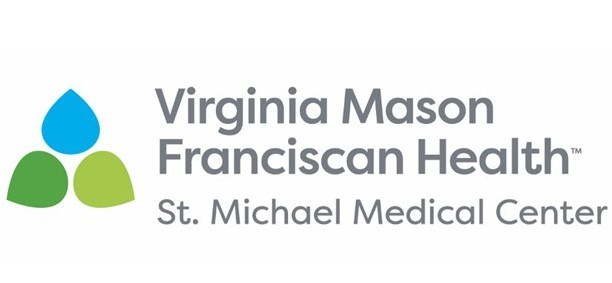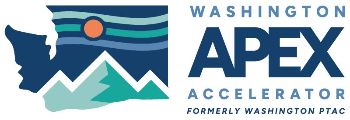WAV-C Project Launch: Unmanned vessels mapping Illahee seafloor to find decades-old tire dump sites
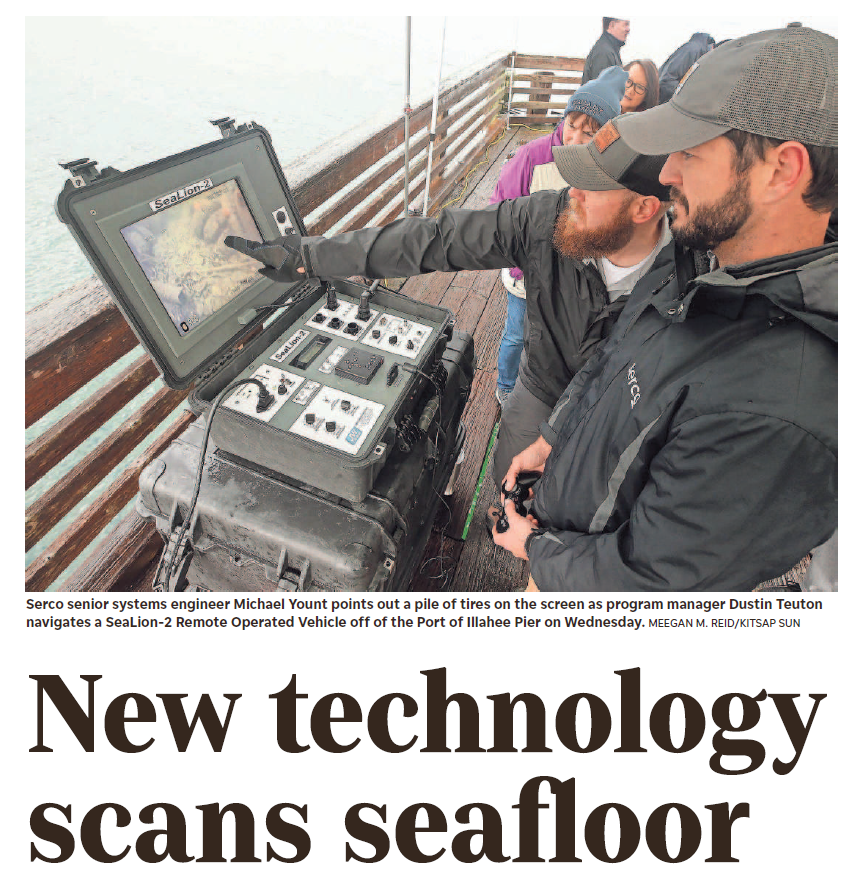
1 Nov 2023
WAV-C, Environment, Puget Sound
Oct 27, 2023 Peiyu Lin for the Kitsap Sun (View Kitsap Sun story with photos)
ILLAHEE — The process of locating disposed tires laid at the bottom of Puget Sound used to involve divers scouring the sea floor. Now a state-of-the-art technology being tested in Kitsap to make it simpler to search and remove the pollutant.
On Wednesday morning, Archer, a 16-foot-long unmanned surface vehicle (USV), automatically sailed through the waterway between Bremerton and Bainbridge Island, just off the Illahee public dock. Its mission was to map the seabed of a 0.2-square-mile area in 30 minutes. Equipped with a towed sonar system, Archer surveyed the water and collected data that would generate sonar imagery of the seabed.
At around 11:30 a.m., operator Troy Barnhart, a senior systems engineer at Serco and builder of Archer, set up the USV at the Port of Illahee dock. He looked at the boat as it departed from the pier. If any other boats or creatures came closer to Archer, Barnhart, also trained as a marine mammal observer, could immediately take control of the USV and sail it away from people or marine animals.
But on a rainy, chilly weekday morning, there wasn't much traffic. "You can just sit here, watch it, without worrying about it all the time," Barnhart said as he observed the USV.

About an hour before Archer's survey, an unmanned underwater vehicle (UUV), SeaLion-2, drove through the seabed to record videos of the known tire dump site. The videos recorded by the UUV showed that some tires were covered by marine plants or trash. Some were half-buried in the seafloor. With the footage from SeaLion-2 and the sonar reflection from Archer, a plan would be developed to clean up the tires dumped by people in the 1970s and 1980s for the purpose of creating artificial reefs and breakwaters.
The survey was run by Serco, a global public services company, and its partner, Kitsap Economic Development Alliance's Washington Autonomous Vehicle Cluster (WAV-C), with sponsorship provided by the Port of Illahee and the Suquamish Tribe.
The study is part of ongoing efforts to protect the environment of Puget Sound, as abandoned tires release harmful chemicals into the water and pose risks to drinking water supplies and aquatic life, according to WAV-C.
The benefit of using unmanned vehicles to do the survey is that instead of putting a person at risk to be out driving a boat, an operator can navigate the boat straight from a pier. Also, autonomic operations suit repetitive tasks like surveying seafloor, Barnhart said.
"People tend to get bored when they have to do something mundane," Barnhart said. “And when they get bored, they make mistakes. Robots don't. They're great at doing things over, repetitive and consistent.”
The same routes can be set up for Archer to survey the water before and after the tires are removed. The team would be able to see a comparison, witness the effect of the area after a clean-up, and document the seabed's restoration back to natural, Barnhart said.
It was the first time Archer was used to identify dump tire sites. Previously Archer had been used in search and rescue missions in some lakes in Washington to locate missing people or sunk boats, said Barnhart. Archer was built in 2019.
Timely project fits Port of Illahee's clean-up work
It is timely for the Port of Illahee to collaborate with WAV-C and Serco to conduct the survey, as the port is working on a lease with the state's Department of Natural Resources in which the port is required to clean up the tires in the water, said Port of Illahee Commissioner Jim Aho.
As a small port that spends less than $100,000 per year for its operation, removing tires would require additional help like WAV-C and Serco are offering.

"I'm really, really happy that they're doing this," Aho said. “Like I said, (it) can't be more timely.”
The survey demonstrated at Port of Illahee was just the beginning. It is possible that WAV-C would cooperate with other partners to use the technology to clean up other areas in Puget Sound, said Rochelle LeMay, Business Development Director at WAV-C. Now at 72 members, the Kitsap-based cluster is a program of KEDA where organizations collaborate to advance the innovation of maritime autonomy, according to WAV-C.
The survey event was joined by some other interested partners in the community. Some were amazed by what the unmanned vehicles could do.
"What you could see underwater with their little ROV (remotely operated vehicle) was fantastic," said Port of Illahee Commissioner Jon Buesch, recalling the clear video recording that participants watched immediately from a screen as Dustin Teuton of Serco navigated SeaLion-2 at the pier.
Port of Bremerton Commissioner Gary Anderson could see the possibility of using the autonomous vehicles to do regular inspections to maintain the two marinas of the port, he said.

"We've got so much marine activity that goes on here. And this is a prime example of how you can use these autonomous vehicles to go out and search areas and find environmental issues that need to be corrected," Anderson said.
Aaron Darnton, Chief Technology Officer at Naval Undersea Warfare Center, Keyport, and several other staff from the division attended the event to witness the survey. Darnton said the unmanned technology, while not brand-new, is still maturing and has a lot of growth in terms of becoming operational capabilities for the Navy to use.
"That's why it's great to see Serco out here in a real environment operating their system," Darnton said.
Survey results will come up from Serco in a few weeks and the second phase of the clean-up project regarding how to remove the tires from the water will be planned accordingly, LeMay said.
More Topics
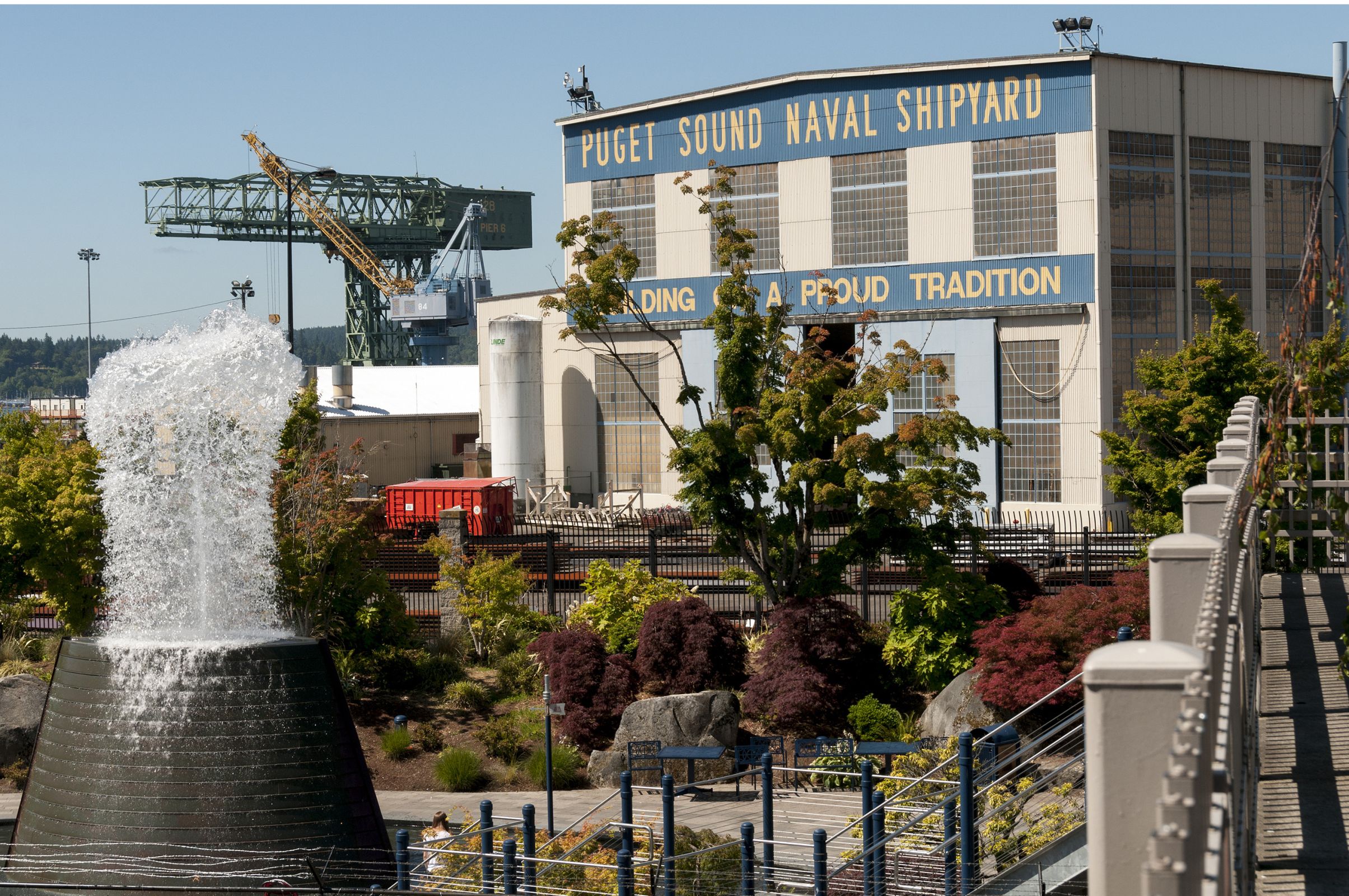
RFI - Navy seeking info on available properties to lease relative to Naval Base Kitsap SIOP
Oct 30 2023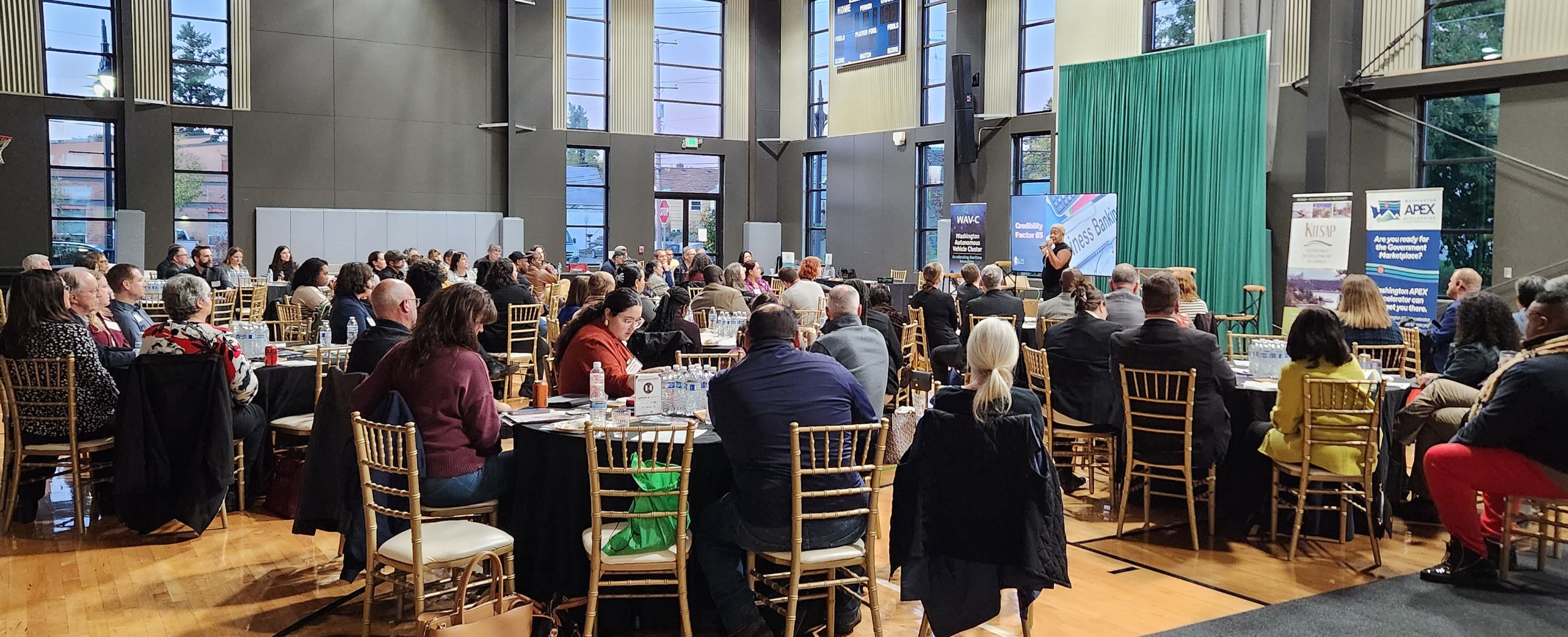
.png)





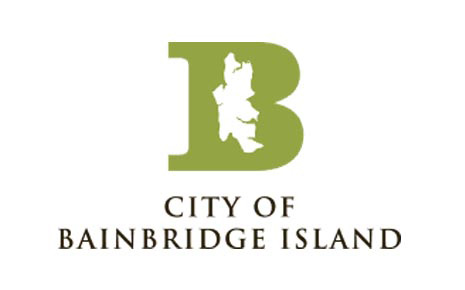
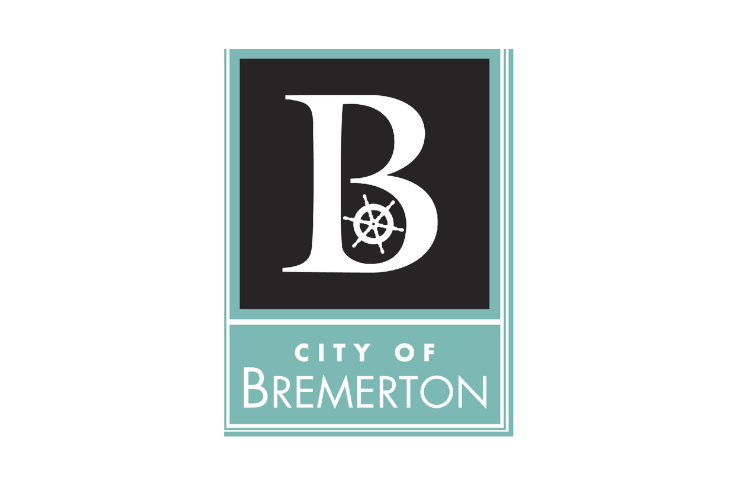
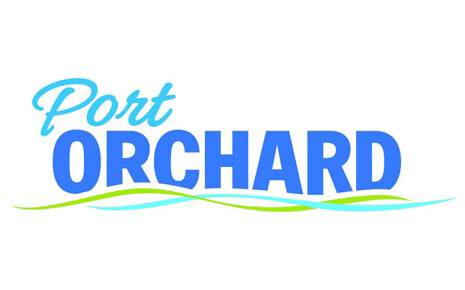
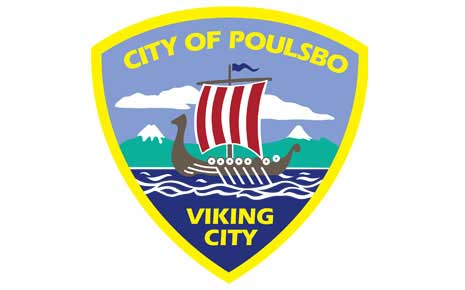
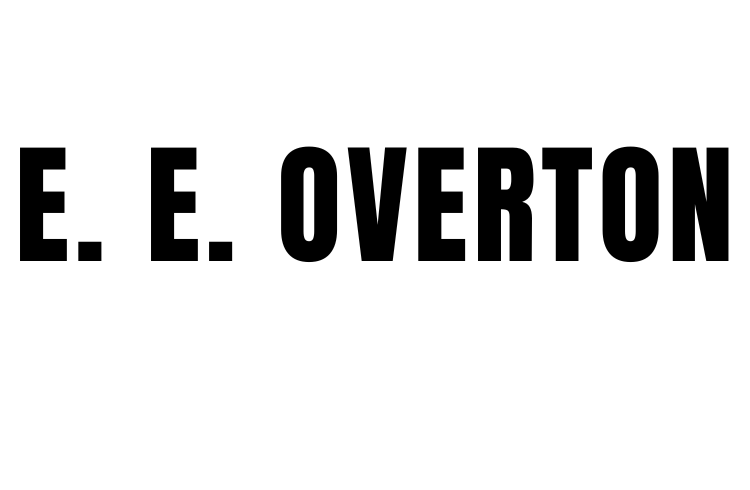
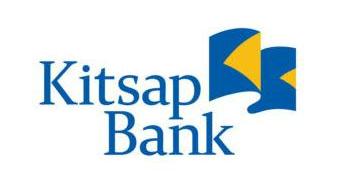
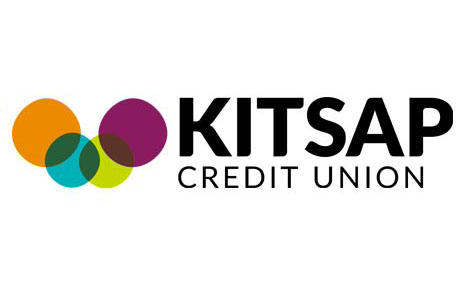
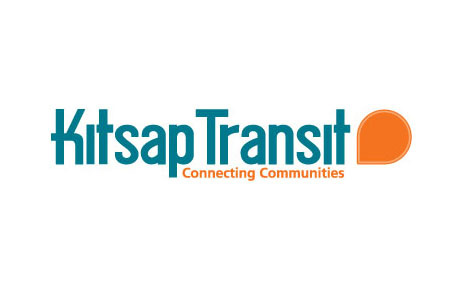
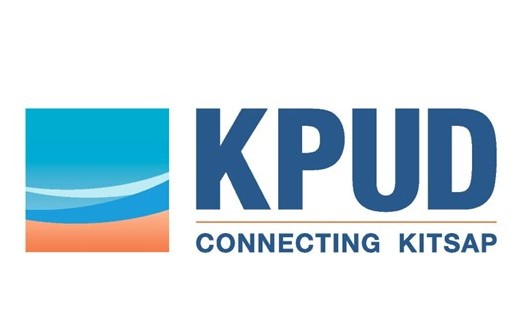
.png)

.png)
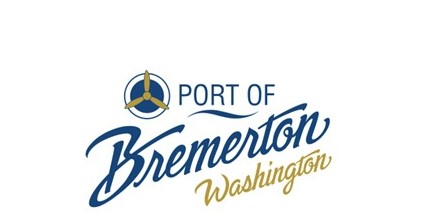
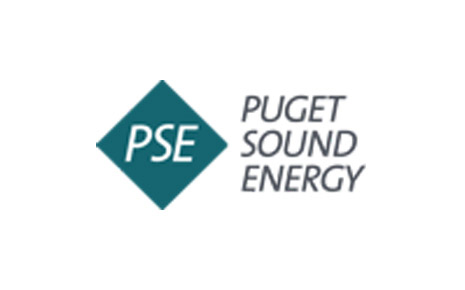
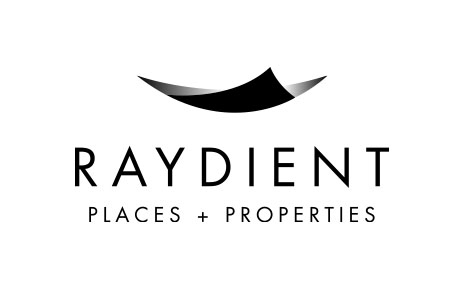
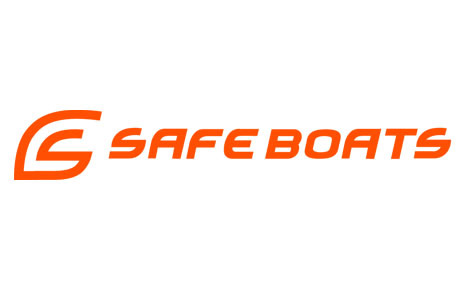
.png)
